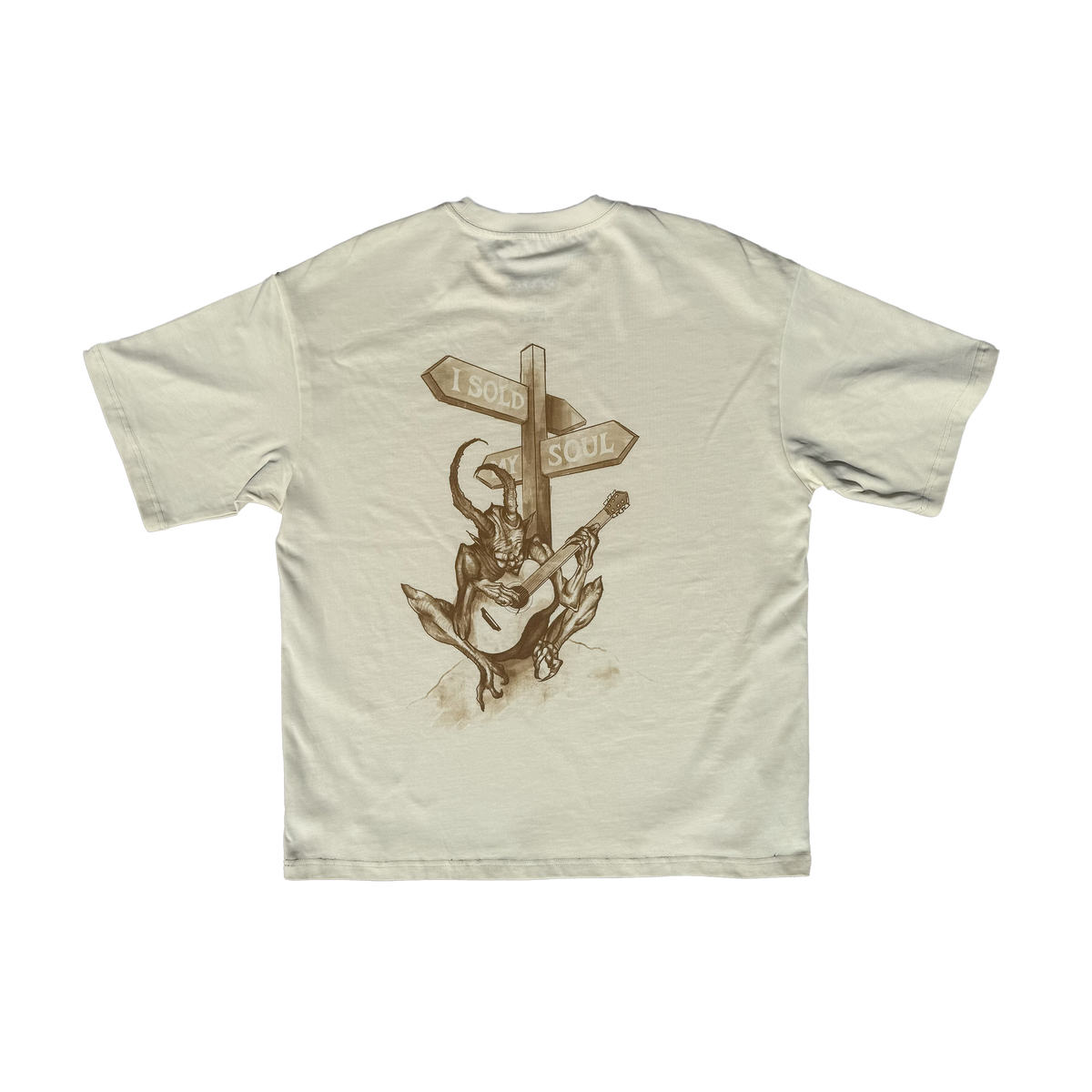Clothing prices have indeed been on the rise in recent years, and many shoppers are noticing the pinch at checkout. If you've been wondering whether it's just your imagination or if costs are genuinely increasing, the answer leans toward yes—prices are going up for a variety of reasons. Let's break down what's driving this trend and what you can expect moving forward.
Why Are Clothing Prices Increasing?
Several factors are contributing to the steady climb in clothing costs. First, inflation is playing a major role. As the overall cost of living rises globally, the price of goods—including apparel—naturally follows suit. According to recent data from the U.S. Bureau of Labor Statistics, clothing prices have seen consistent year-over-year increases, often outpacing inflation rates in some categories.
Second, supply chain disruptions have hit the fashion industry hard. Events like the COVID-19 pandemic, shipping delays, and geopolitical tensions have increased the cost of raw materials like cotton and synthetic fibers, as well as transportation. When it's more expensive to produce and ship clothing, those costs are passed on to consumers.
Third, the push for sustainability is influencing prices. Many brands are shifting toward eco-friendly materials and ethical labor practices, which often come with a higher production cost. While this is a positive move for the planet and workers, it can mean pricier tags on items like organic cotton tees or fair-trade garments.
Are All Clothing Categories Affected?
Not every piece of clothing is seeing the same level of price hikes. Fast fashion brands like Shein or H&M often keep prices low by cutting corners on quality or labor standards, though even they've raised prices slightly due to supply chain issues. On the other hand, mid-range and luxury brands are more likely to reflect these cost increases, especially for items made with premium materials or under stricter sustainability guidelines.
What Can Shoppers Do?
If you're feeling the strain of higher clothing prices, there are ways to adapt. Shopping second-hand through thrift stores or platforms like Depop and Poshmark can save you a bundle while still keeping your wardrobe fresh. Additionally, focusing on versatile, durable pieces rather than trendy items can stretch your budget further. Keep an eye out for sales and discount codes, especially during major holidays, to snag deals on brands you love.
In short, clothing prices are going up due to inflation, supply chain challenges, and sustainability efforts, but the impact varies across different types of apparel. By being strategic about where and how you shop, you can still dress well without breaking the bank. Have you noticed price changes in your favorite stores? Let us know in the comments!
























